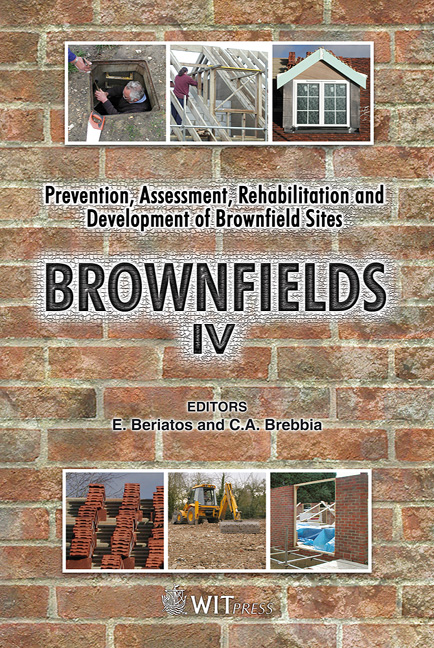Simplified Volume Estimation Techniques For Contaminated Land Remediation: A UK Example
Price
Free (open access)
Transaction
Volume
107
Pages
10
Page Range
103 - 112
Published
2008
Size
507 kb
Paper DOI
10.2495/BF080101
Copyright
WIT Press
Author(s)
N. Cropp, E. Hellawell & R. Woods
Abstract
The need for contaminated land assessment is increasing in the UK as Brownfield sites are being targeted for development. For sites that are deemed to be contaminated, the practical application of a remediation strategy often leads to approximations of volumes of material to be treated. The extent of contamination on the site is assessed based on a limited number of data points within a defined area. At each data point the level of contamination is known for a given sample depth. In the UK a risk based approach is used to determine whether the soil is ‘contaminated’ and in need of treatment. In a commercial context, time and cost pressures lead to simplifications of the volume estimation process. These simplifications must strike a balance between the environmental risk from underestimates of the contaminated volume and the cost of wasted resources associated with overestimates. This paper presents a comparison between three practical estimation techniques used to assess the volume of ‘contaminated’ soil on a development site, formerly a gas works. The methods used are; areas of influence, proportional method and interpolation using Kriging. All techniques were found to have a useful application although the limitations of each must be recognised. There is inevitable uncertainty associated with the simplification of any practical situation. In comparing these methods the main uncertainties are identified and management approaches discussed. Keywords: volume estimation, contaminated soil. 1 Introduction In the UK the previously developed land (PDL), also referred to as Brownfield land, is being targeted for development. The government have set a target of
Keywords
volume estimation, contaminated soil.




